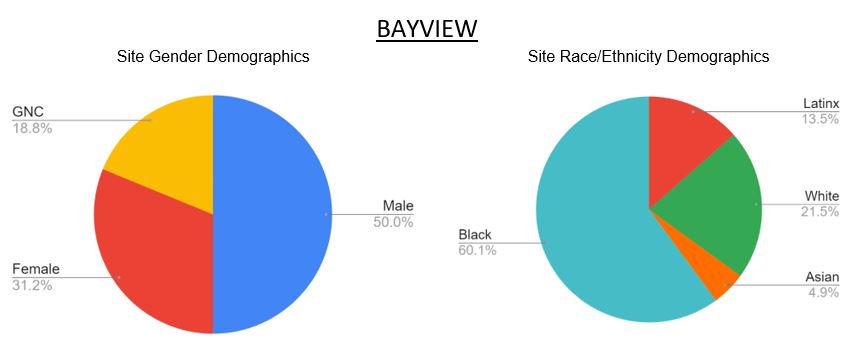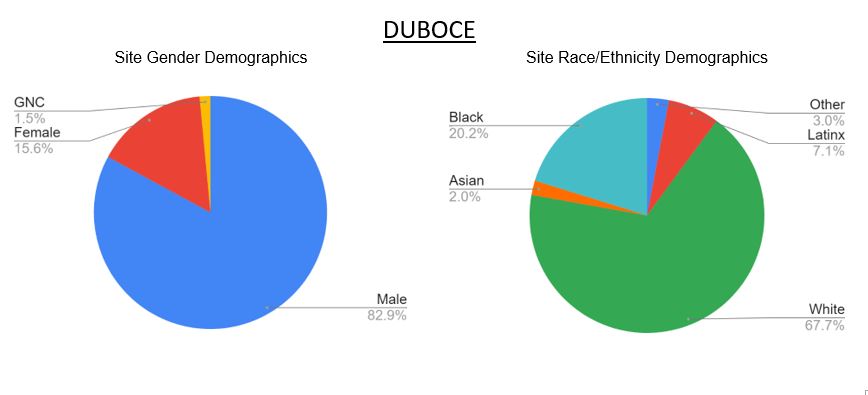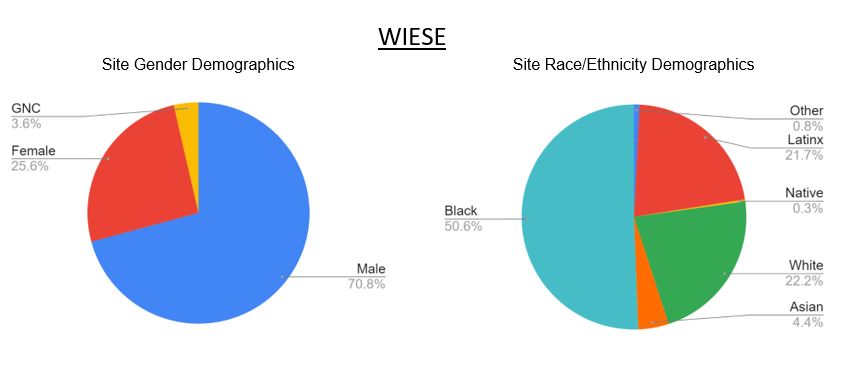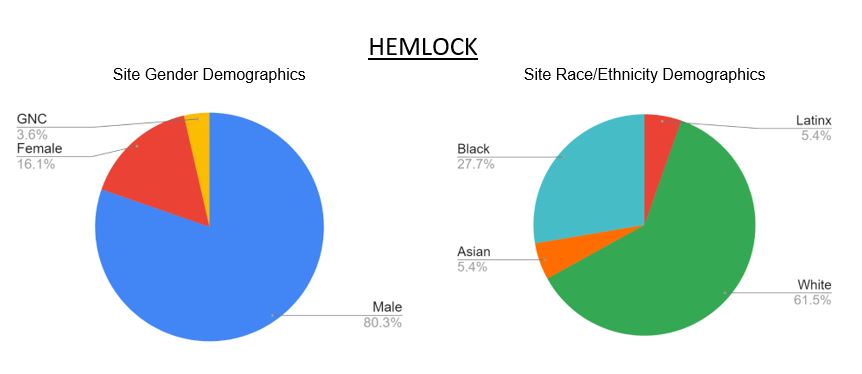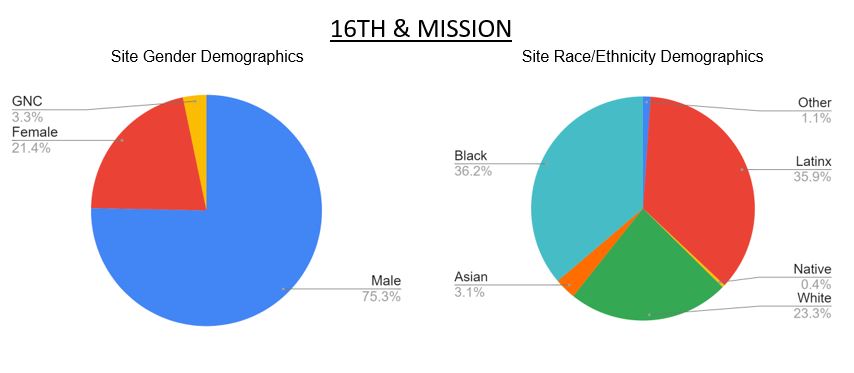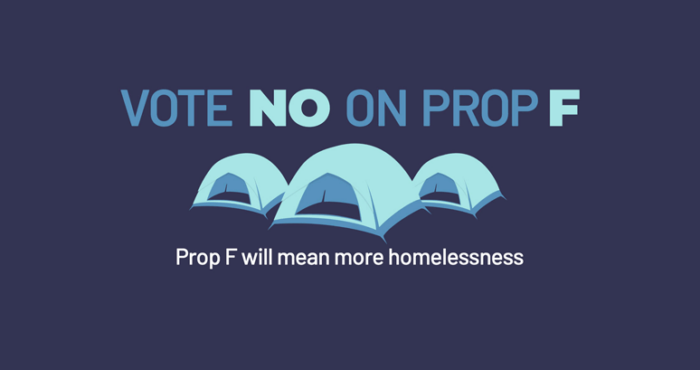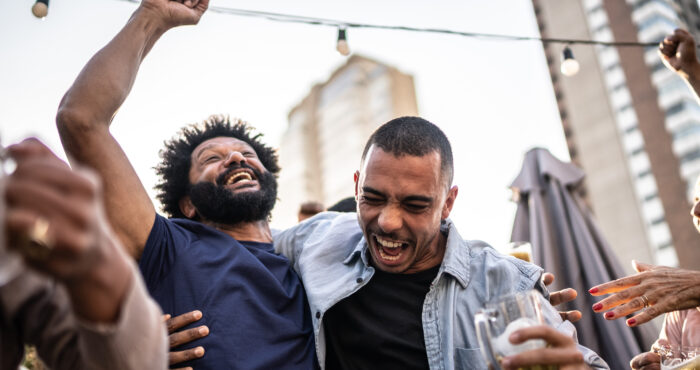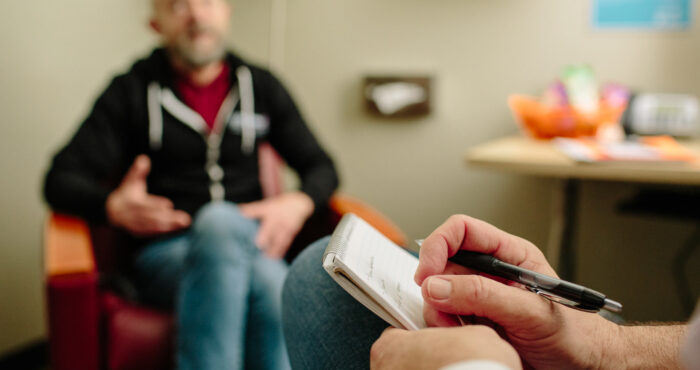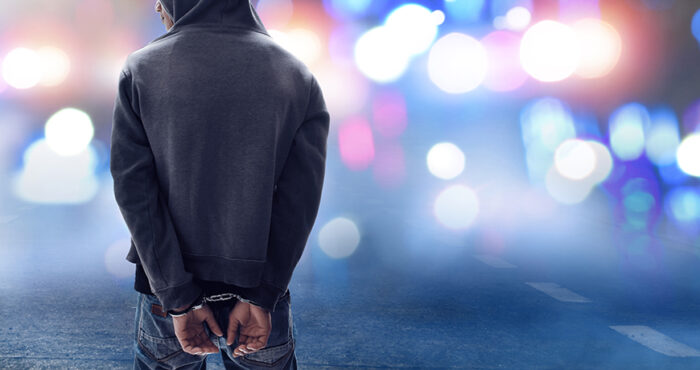Syringe Access Services Outreach
Since the beginning of the pandemic, Syringe Access Services has been on the road to reach folks who use drugs all over San Francisco–first with our van and now on foot as well. Now, we are doing even more to increase our reach with harm reduction supplies, overdose prevention supplies, and COVID-19 information and resources.
Equipped with personal protective equipment, we have joined San Francisco Community Health Center, Curry Senior Center, and GLIDE in their “REACT” (Responsive and Equitable Action against Coronavirus in the Tenderloin) Outreach initiative. Staff bring harm reduction supplies, Narcan, health education information to community members in the Tenderloin, and then give the opportunity to pre-register to get tested for COVID-19. Pre-registration allows the person to skip the testing line when they arrive at GLIDE. Staff are also able to make referrals to COVID-19 testing and vaccination events.
People Who Use Drugs Can Get Cured of Hepatitis C… But We Knew That Already, Didn’t We?
By: Andrew Reynolds
There’s a long history of excluding people who use drugs from hepatitis C (HCV) treatment. In fact, there are still 13 states that require their Medicaid recipients to have anywhere between 1 to 6 months of “sobriety” before they can get treated and cured of HCV. Thankfully, California hasn’t had any such restrictions since 2015.
One might think there are good reasons and scientific evidence for such restrictions. There aren’t. When you look at the research that studies cure rates in people who use drugs, the cure rates mirror those of people who don’t use drugs. This is a testament to the new HCV treatments, called direct-acting antivirals (DAAs), but it’s a bigger testament to the people who use drugs who care about their health and do the work to get cured.
We know all of this. At San Francisco AIDS Foundation, we have an HCV testing and treatment program and we’ve been curing people at the 6th Street Harm Reduction Center since 2016. We’ve cured 163 people over that period of time—likely more than that as some people finish their meds but move away or get their cure results somewhere else—and we’re still going strong!
The COVID-19 pandemic has slowed us down a bit, but we currently have 3 people on treatment with 5 others getting ready to start. While we continue our program at the 6th Street Harm Reduction Center, we’ve initiated an “Safer Sleeping Villages-HCV Linkage to Care Project,” where the HCV team goes out to the Safer Sleeping Villages, recruits both people known to have HCV and those who want to find out about their status, and send them to the HCV for testing and care via an Uber Health. In the near future, we have plans to go mobile and bring HCV treatment to our mobile sites.
We miss you all and wish you were with us at our sites referring people to our HCV Program!
Demographics of the people we serve at Syringe Access Services
By: Danielle Jennings
We collect demographic data about the people who access our services. While these summaries are only a snapshot of who we serve, they provide a great deal of insight into the diverse populations and various neighborhoods Syringe Access Services provides services to through our mobile sites.
Each site is unique in who it serves, what supplies they want and need, what referrals and services they need, how many participants show up every week, and more. The more we observe and analyze these differences, the better we can serve our mobile site participants.
Gender demographics
Bayview’s gender demographics are the most diverse: the Bayview mobile site in February served the highest proportion of female participants (31.2%) as well as the highest proportion of gender non-conforming participants (18.8%). The Duboce mobile site had the least diverse gender demographics in February, with 82.9% of participants who report being male.
Number of participants served
Our 16th and Mission mobile site is consistently the busiest mobile site–in February, 16th and Mission served 459 participants. That is 99 more participants than the mobile site at Wiese, the next busiest mobile site, and 347 more participants than served at Hemlock, the mobile site that served the fewest participants in February.
Race & ethnicity of participants
Not only did the 16th and Mission site serve more participants than any other site, but it serves the most racially and ethnically diverse population of any of our mobile sites. In February, 16th and Mission served the highest proportion of Latinx participants (35.9%). Black, Latinx and white people represent the three highest percentages of participants at 36.2%, 35.9% and 23.3%, respectively.
The Bayview mobile site served the highest proportion of Black participants (60.1%), while Hemlock served the highest proportion of Asian participants at 5.4%. Duboce served the least racially and ethnically diverse, with 82.9% of participants reporting being white. Notably, Duboce also served the most participants whose race and/or ethnicity is not represented in the race/ethnicity categories we use (3%).
